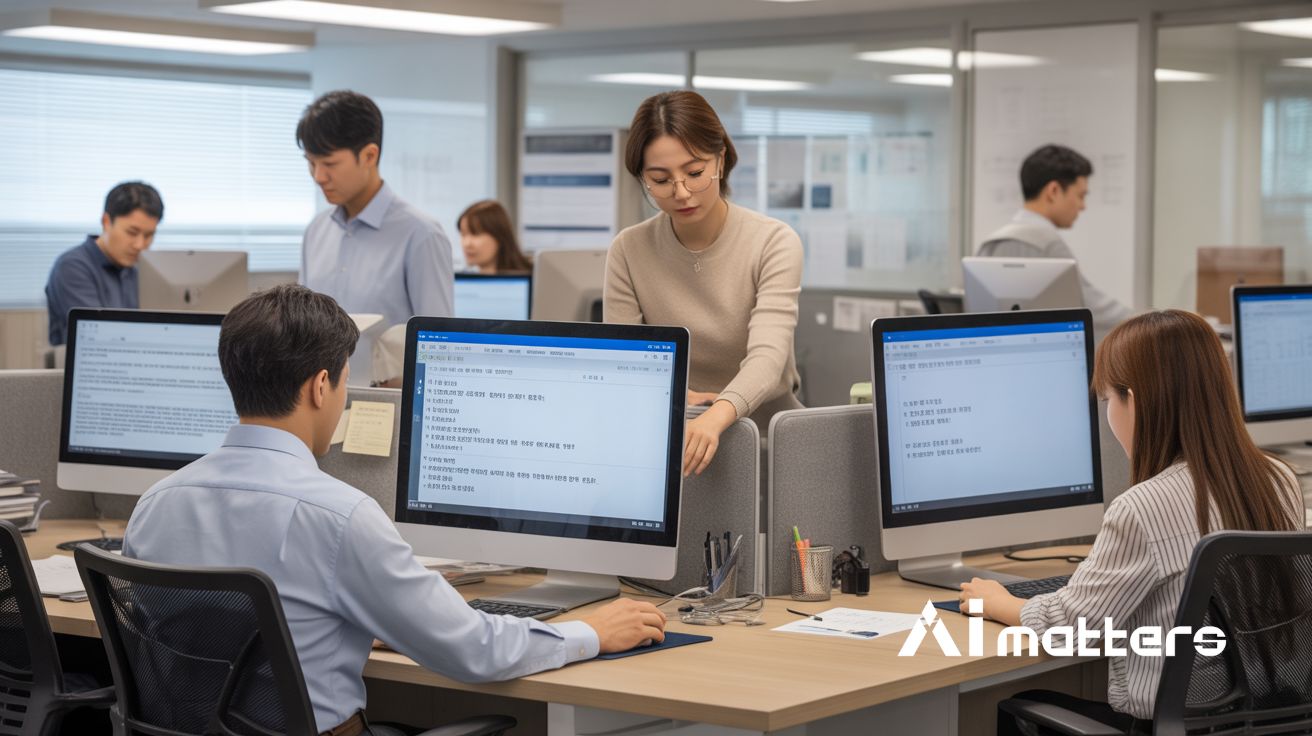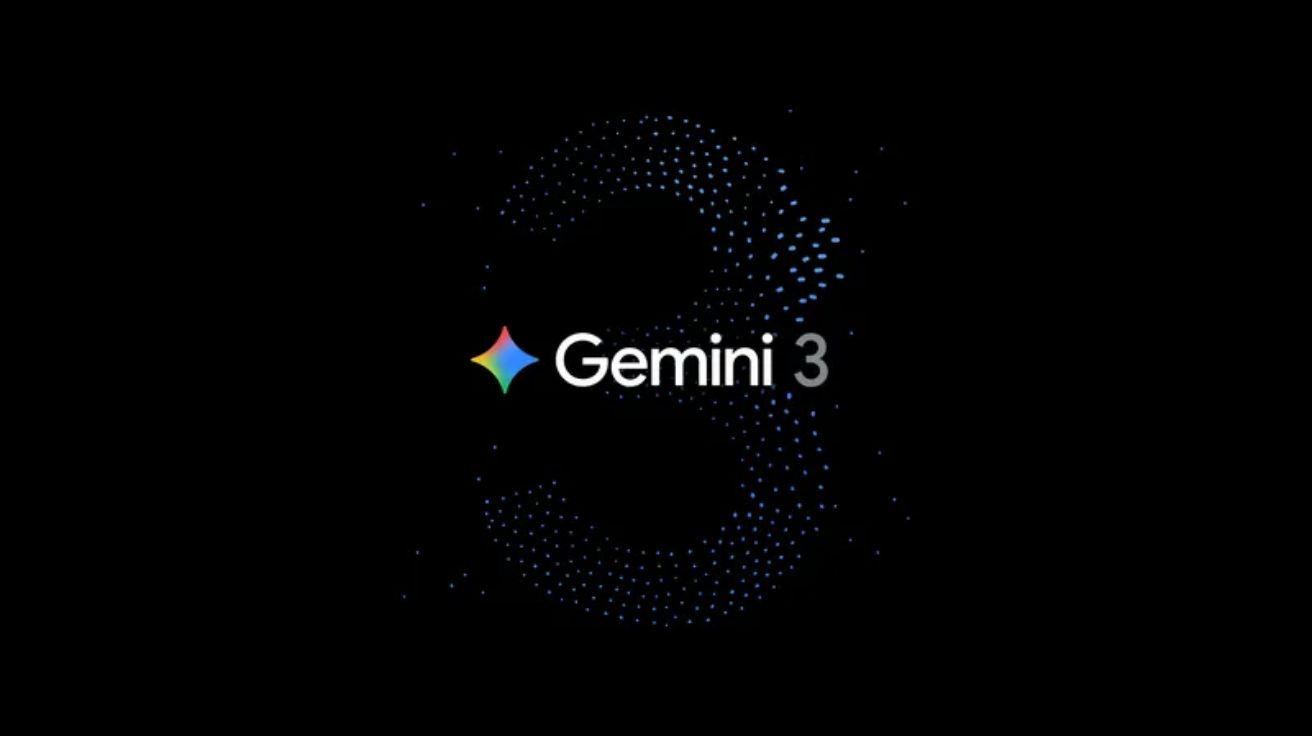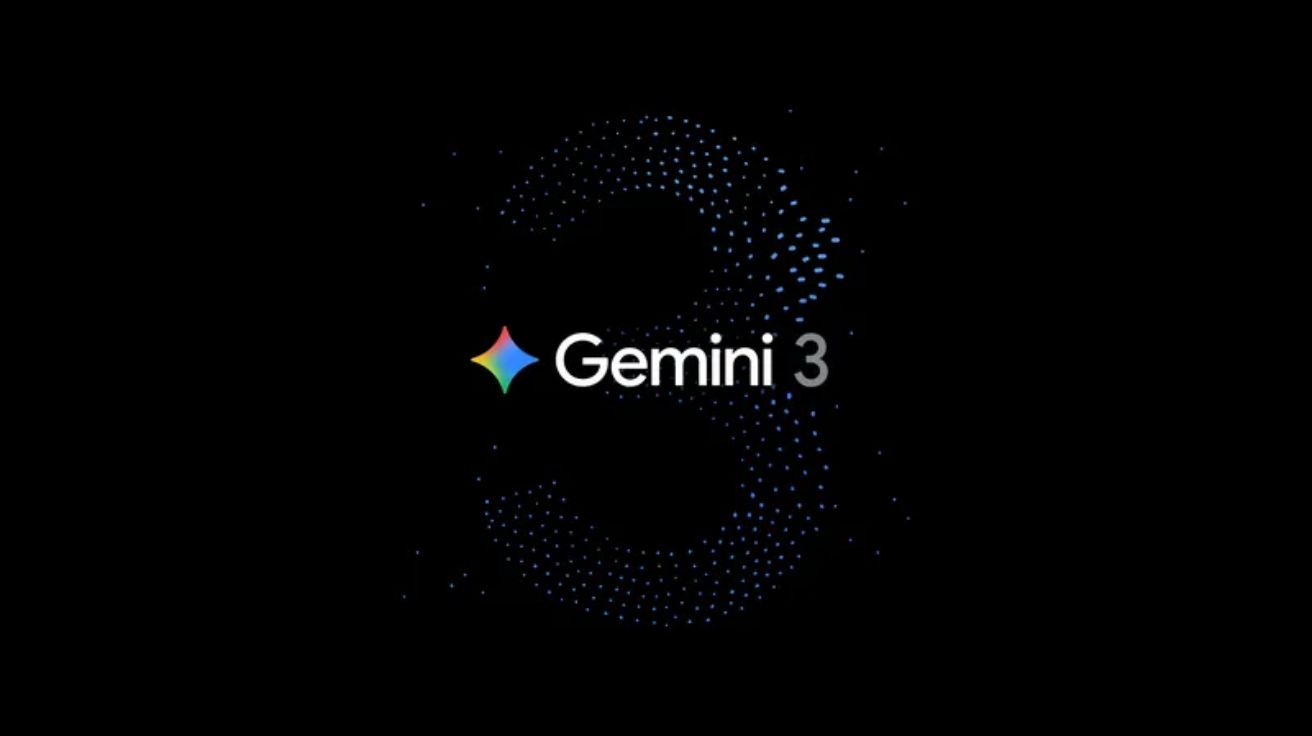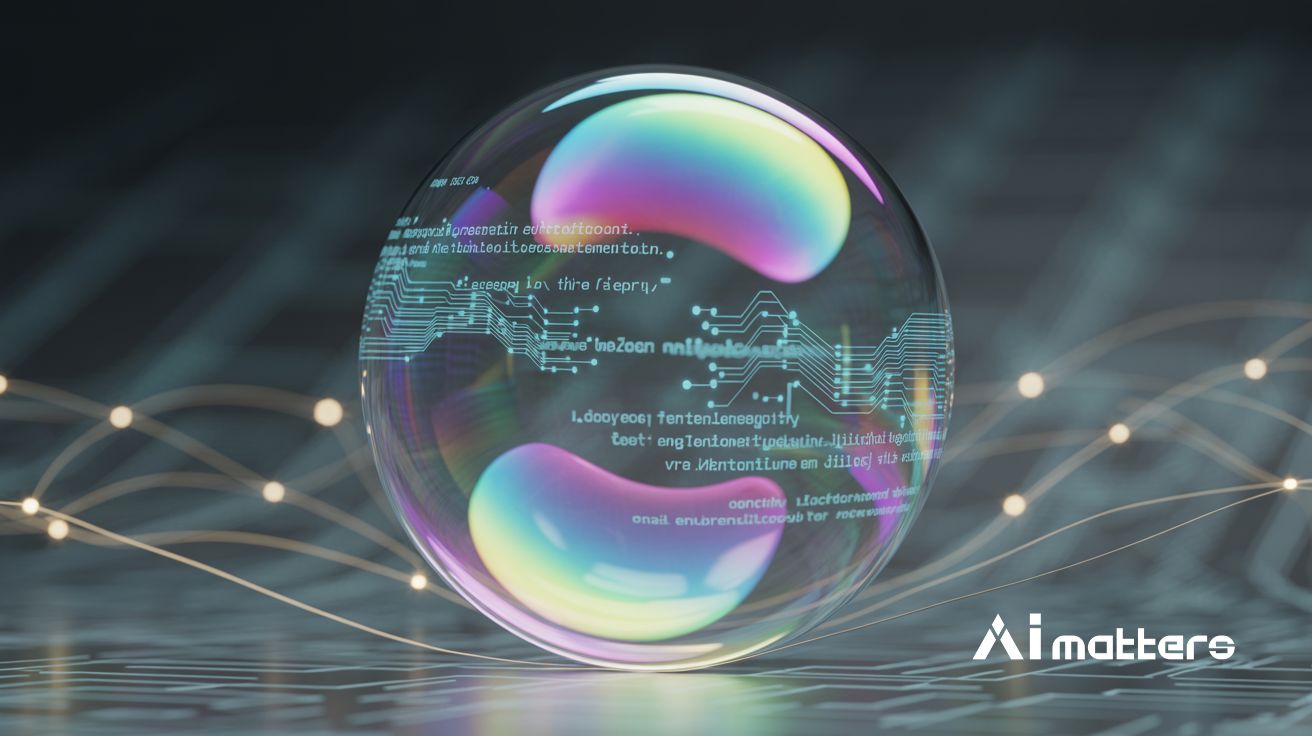The rapid proliferation of generative artificial intelligence (AI) is reshaping South Korea’s workforce, with a majority of employed adults now integrating such tools into their daily work, according to a new report released by the Bank of Korea. The findings show that 63.5% of domestic workers use generative AI in some form, while 51.8% rely on it specifically for work—a figure nearly double that of the United States (26.5%). Remarkably, the adoption rate of generative AI in Korea is unfolding eight times faster than the early expansion of the internet, achieving in just three years what the internet took much longer to reach.
South Korean AI users exhibit frequent, intensive use. On average, they devote five to seven hours weekly to generative AI, and nearly four out of five so-called “power users” (78.6%) engage with these tools for over an hour a day—an adoption rate that far outstrips the 31.8% observed in the U.S. Notably, 90.2% of daily AI users in Korea spend at least 60 minutes each session, marking generative AI as a transformative element not just for supplementary tasks, but as a core part of business processes.
ChatGPT’s Dominance: 67.8% Market Share
Among generative AI platforms, ChatGPT commands a powerful lead, capturing 67.8% of all domestic AI users. Google’s Gemini follows at 19.5%, and Naver’s CLOVA Note at 14.4%. Other services—including NotebookLM, DeepSeek, and Perplexity—compete in the market, but ChatGPT maintains its supremacy due to its established ecosystem and user-oriented approach. Rounding out the leaderboard are Microsoft Copilot (8.7%), Claude (8.8%), and Adobe’s generative AI (7.9%), while specialized tools for music (Suno), video (Runway), and image creation (Midjourney) form small yet dynamic niches.
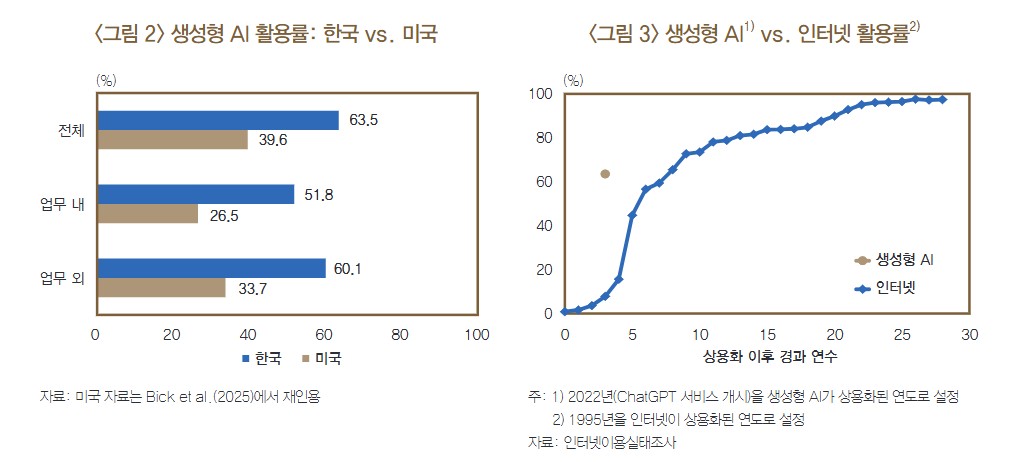
Clear Gaps by Gender, Age, and Education
AI adoption in Korea displays stark demographic differences. Men are more likely (55.1%) than women (47.7%) to use generative AI. Younger workers (aged 18–29) demonstrate the highest utilization (67.5%), compared to only 35.6% among those aged 50–64. The use of AI also correlates strongly with education: 72.9% of workers with postgraduate degrees report use, while the rate drops to 38.4% for high school graduates or less—suggesting that the nation’s digital divide has now extended to AI adoption.
Professional and managerial employees have the highest rates of AI engagement, while jobs with greater AI exposure predictably use AI more intensively, confirming previous studies on “AI exposure indices.” Despite lower overall adoption in some vocations, more than 30% of workers in those fields have tried AI—evidence that its influence is broadening across the labor market.
Broadening from Information Searches to Creative Work
The most common application of AI among Korean workers is “information search and summarization” (62.2%), the bedrock of knowledge work. Document drafting and review follow at 38.6%. Strikingly, AI usage now extends to creative and analytical domains: brainstorming and idea generation (25.3%), data analysis and visualization (24.0%), language translation (21.7%), media content creation and editing (15.4%), and coding (10.6%). This expansion suggests that generative AI is encroaching on tasks once considered the preserve of human creativity.
AI Boosts Productivity: 1.5 Hours Saved per Week
The adoption of generative AI has reduced Korean workers’ average working hours by 3.8%. This translates to approximately 1.5 hours of time savings per week based on a 40-hour workweek, with productivity estimated to have improved by about 1.0%. While this productivity gain is similar to the U.S. rate (1.1%), Korea’s work-hour reduction rate falls somewhat short of the U.S. level (5.4%).
Physical AI Collaboration Expected to Rise
Currently, only 11% of Korean workers collaborate with physical AI—robotic or hardware-based systems—but this share could rise to 27% as AI technologies evolve. Such collaborations are most common in manufacturing and craft jobs, notably among equipment operators and assembly workers. Physical AI and generative AI exhibit a mild negative correlation, serving divergent sectors: the former addresses manual tasks; the latter, knowledge work. This suggests AI will continue to reshape both the cognitive and manual labor landscapes.
50.4% Expect Half of Their Work to Be Automated by 2035; 48.3% Fear Job Loss
Half of the Korean workforce (50.4%) anticipates that more than half their job tasks will be automated within a decade. Notably, respondents see their industry as even more susceptible than their own jobs—a sign of general optimism bias. Almost half (48.3%) are concerned about job loss owing to AI within the next ten years, with projections for automation and job loss higher looking a decade out, versus five years.
Swiftly Adapting: Positive Outlook on AI and Investment in Retraining
Korean employees are notably optimistic about AI; 48.6% believe it will have a positive societal impact, compared to just 17.5% with a pessimistic outlook. Among AI users, positivity rises to 53.6%. Data from IPSOS AI Monitor 2024 reinforces this optimism: 73% of Koreans rate AI-driven services favorably, far above the global average of 53%.
Openness to change is reflected in retraining readiness: 33.4% of workers are engaged in skills training, and 31.1% are preparing to switch careers. Exposure to AI usage increases the likelihood of such proactive steps by 15 and 10.7 percentage points, respectively.
A remarkable 32.3% of respondents are willing to contribute a share of their monthly income to an AI development fund—an initiative that could raise an estimated ₩38 trillion (~$29 billion) if actualized, signaling strong public support for a collaborative approach to national AI advancement.
FAQ (※ This FAQ was independently prepared by our editorial team based on the report.)
Q. Why is generative AI so widely used in Korea?
A. Korea’s robust digital infrastructure (internet, PCs, smartphones) and the versatility of generative AI have fueled rapid integration. Unlike the early days of the web, the technical foundation for widespread AI adoption is already in place.
Q. Will AI adoption reduce overall employment?
A. To date, AI has primarily enhanced efficiency, acting as a supplement rather than a substitute for labor. Its greatest impact has been on reducing skill gaps among less experienced workers. Still, its potential to displace jobs varies by sector, underlining the need for ongoing adjustment and training.
Q. What is the difference between physical AI and generative AI?
A. Generative AI (such as ChatGPT) creates text, images, and more, supporting knowledge work. Physical AI, by contrast, combines software with robotics or hardware to perform physical tasks, predominately in manufacturing and other manual jobs. While generative AI currently dominates, the future will bring broader physical AI deployment.
For more details, the original Bank of Korea report is available here.
The article was produced using ChatGPT and Claude.
For further news and analysis, subscribe to our newsletter at AI Matters.
